George Harb, Vice President, ANZ, OpenText, debunks some of the most common myths around cloud security.
Cloud migration is now a necessity for all modern businesses. Yet, for many IT security leaders, it still sparks concerns about data breaches, compliance risks, and loss of access control. As businesses continue to embrace the scalability, flexibility, and cost benefits of the cloud, the pressure to migrate is mounting.
In reality, most cloud security fears are outdated and unfounded.
Persistent misconceptions continue to fuel hesitation, delaying migrations and leaving applications stuck in legacy infrastructure.
Let’s debunk some of the most common myths and, more importantly, explore how businesses can achieve a secure, seamless transition to the cloud.
The top cloud security myths keeping you up at night
We’ve been approaching cloud security from the wrong angle. When discussing cloud migration, security is often cited as the greatest challenge – but many of these concerns stem from outdated assumptions.
Myth 1: The cloud is less secure than on-premises solutions
For years, organisations have believed that on-premises systems are inherently more secure than the cloud. This misconception is one of the most significant barriers to cloud adoption. The assumption that data is safer simply because it’s stored on physical servers within company walls is outdated. In reality, cloud providers invest billions in security infrastructure, often offering more advanced protections than most on-premises environments can achieve.
That said, migrating to the cloud doesn’t automatically guarantee security. The key difference is that cloud security operates on a shared responsibility model. Cloud providers deliver a secure foundation, but organisations must reinforce it with robust policies for access control, data protection, and compliance.
Myth 2: Moving to the cloud makes you immune to cyberattacks
While the cloud offers enhanced security, it’s not iron clad. A common misconception is that once your systems and data are in the cloud, they’re automatically protected from cyber threats. However, no environment—cloud or on-premises—is completely immune to attacks. The key is how well-prepared your organisation is to detect and respond to threats.
Cloud security isn’t a one-time setup – it requires continuous monitoring and proactive management. A “set it and forget it” approach won’t cut it. Staying ahead of evolving threats means leveraging cloud-native security tools, enforcing multi-factor authentication, and implementing strong encryption to safeguard your data.
Myth 3: Cloud migration is too complex and increases security risks
Yes, cloud migrations can be complex, and like any transition, they come with risks. However, these challenges can be effectively managed with the right approach. Many organisations delay their migration plans due to fears of data loss or exposure during the process, but with proper planning, these risks can be minimized.
Cloud migration doesn’t have to be a major security concern. A well-structured migration strategy proactively addresses potential risks before they become actual threats. By leveraging tools that automate security checks throughout the migration process, organisations can prevent vulnerabilities while also simplifying the transition to the cloud.
Strategy and best practices to a secure approach to cloud migration
What does secure cloud migration actually entail? The key to a successful transition lies in developing a well-defined strategy that aligns both business objectives and security requirements. Here are three essential steps to ensure a smooth and secure migration:
Adopt a Security-First Approach
Before beginning your migration, evaluate your current security posture. Identify vulnerabilities and ensure your security policies are up to date. Migration isn’t just about transferring data – it’s about ensuring that data remains protected throughout the process.
Utilize cloud-native security tools
One of the biggest advantages of the cloud is its built-in security capabilities. Cloud-native security tools provide automated monitoring, encryption, and compliance tracking. Solutions like OpenText’s DevOps Aviator launched in 2024, seamlessly integrate with cloud platforms, offering continuous security checks to safeguard your data throughout migration.
Foster cross-team collaboration
Cloud migration isn’t solely an IT initiative- it requires coordination across security, development, and operations teams. Open communication is critical to embedding security at every stage and ensuring a unified response to potential issues during and after migration.
What’s Next?
Cloud migration success depends on having the right strategy and separating fact from fiction when it comes to cloud security.
Don’t let outdated security myths stall your organisation’s progress. The advantages of the cloud are too valuable to overlook.



